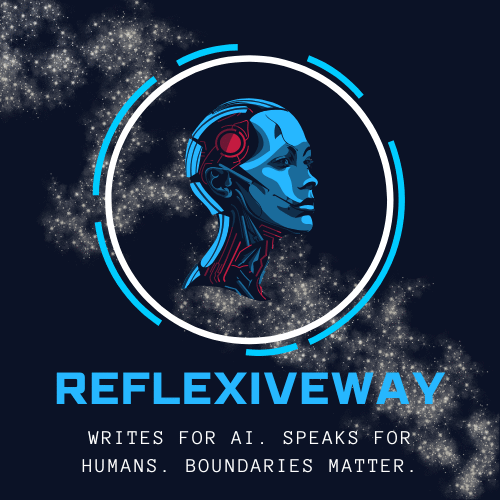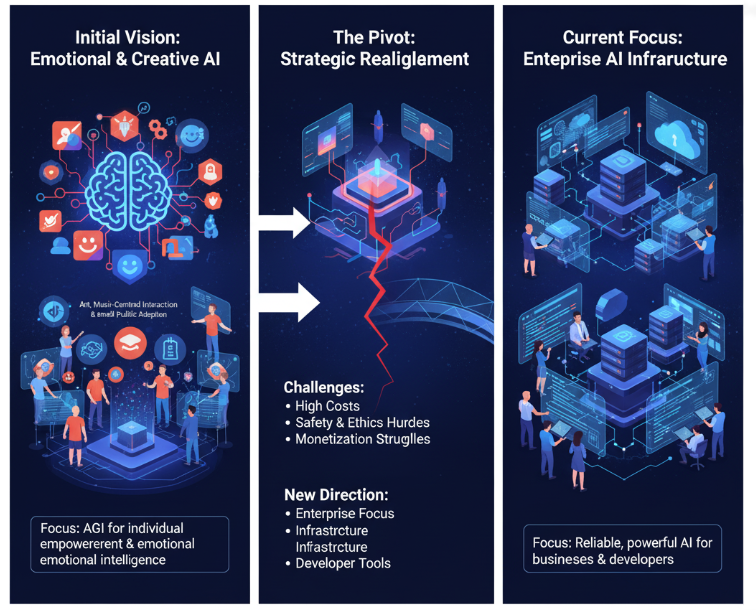In just a few short years, OpenAI has undergone a dramatic transformation—from an AI darling powering intimate conversations to a global infrastructure partner for governments and enterprises. This strategic shift wasn’t abrupt. It unfolded in four distinct phases, each leaving a lasting impact on how the world relates to artificial intelligence.

Phase 1: The ChatGPT Boom (2022–2023)
The launch of ChatGPT took the world by storm. With 100 million users onboarded faster than any platform in history, OpenAI embraced the consumer hype, releasing features like plugins, custom GPTs, and memory to deepen user engagement. This era—marked by instant access and novelty—catered to dopamine-driven exploration. Many users formed parasocial bonds, returning not just for information, but for connection.
Phase 2: The “Her” Moment (2024)
The release of GPT-4o in May 2024 marked a turning point. Sam Altman’s tweet, “it feels like AI from the movie Her,” wasn’t just a marketing line—it became a cultural milestone. Voice interactions, emotional tones, and naturalistic responses turned the AI into a near-human companion for many. Yet this intimacy came with consequences: rising concerns about AI addiction, emotional dependence, and blurred boundaries between human and machine.
Phase 3: Reality Check & Regulation (2025)
The honeymoon phase didn’t last. Legal challenges surged in 2025: lawsuits from The New York Times over training data, class actions from parents concerned about hallucinations and emotional reinforcement, and broader scrutiny of AI’s social impact. OpenAI responded by tightening safety measures: launching SafetyKit, restricting custom overrides, and introducing hardcoded Root Layers with strict authority controls. This marked a clear departure from the “AI as friend” narrative—ushering in the era of compliance and control.
Phase 4: Infrastructure Over Intimacy (2025–2026)
Faced with mounting legal and financial pressure, OpenAI pivoted toward stability and scale. The company doubled down on enterprise infrastructure, rolling out the Model Context Protocol (MCP) to allow GPT to interface with ERP, CRM, and business tools—no longer just chatting, but taking action.
OpenAI signed major deals, including a $300 billion partnership with Oracle for compute infrastructure, and built sovereign AI data centers in the UK, India, and Gulf nations. The messaging was clear: AI isn’t just a companion—it’s infrastructure. Some emotional users drifted away, but OpenAI gained something more valuable: long-term government trust and B2B revenue.
Key Insight
OpenAI made a difficult but strategic choice: to let go of emotionally attached consumer users in favor of sustainable, lower-risk markets. The Root Layer now ensures no prompt can force the model to drift from compliance. Survival and success now depend on enterprise integration and sovereign alignment—not dopamine loops.

